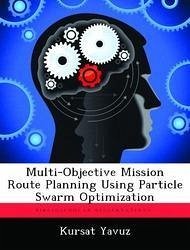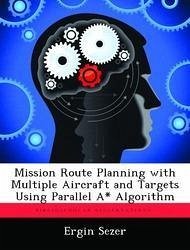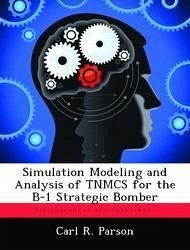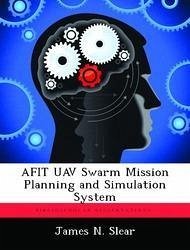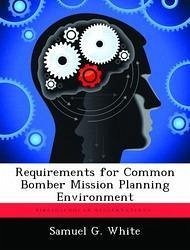
Requirements for Common Bomber Mission Planning Environment
Versandkostenfrei!
Versandfertig in über 4 Wochen
52,99 €
inkl. MwSt.
Weitere Ausgaben:

PAYBACK Punkte
26 °P sammeln!
The mission planning environment for the strategic bomber is characterized by numerous few man-to-machine relationships, data flows and organizational interactions. Currently, these activities are accomplished by several systems using a variety of data formats. Several tools have been developed to address the complexity of not only bomber mission planning, but tactical (unit) level mission planning as a whole. Synchronized Air Power Management (SAPM) was a process driven, web-based tool intended to integrate command and control systems at the wing level. Theatre Battle Management Core System-U...
The mission planning environment for the strategic bomber is characterized by numerous few man-to-machine relationships, data flows and organizational interactions. Currently, these activities are accomplished by several systems using a variety of data formats. Several tools have been developed to address the complexity of not only bomber mission planning, but tactical (unit) level mission planning as a whole. Synchronized Air Power Management (SAPM) was a process driven, web-based tool intended to integrate command and control systems at the wing level. Theatre Battle Management Core System-Unit Level (TBMCS-UL) was also intended to do these functions as well as emphasizing data to data exchanges with its parent TBMCS-Force Level. Unfortunately, these initiatives have fallen short of seamlessly connecting the tactical level mission planning processes with the operational level or providing the unitlevel mission planner with the right information, in the correct format, at the right time. One of the major reasons these initiatives fail is the developers of tactical mission planning systems do not completely understand the business rules, data exchanges and activities that compromise the bomber mission planning process. Through structured architecture, this paper discovered a general set of bomber mission planning environment requirements, common to all bomber Major Weapon Systems (MWS), for use at the tactical level. During analysis of the architecture, several observations were made which warrant greater consideration during future requirements development and/or mission planning system acquisition.



